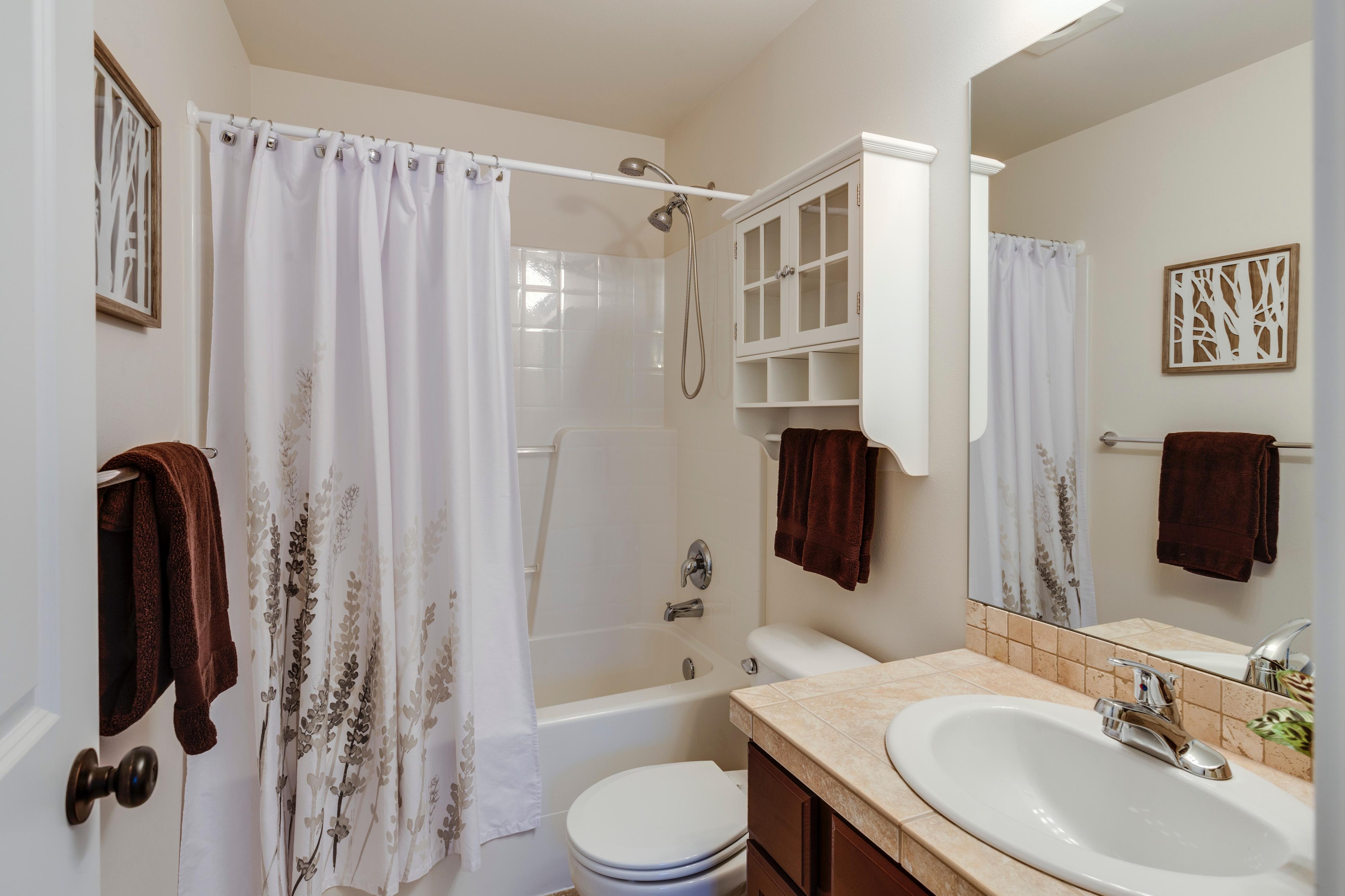Prime
Simple ways to improve air quality in your home

Strategically placed windows and ventilation openings promote natural airflow, reducing the buildup of indoor pollutantsx. PHOTOs/unsplash.com.
What you need to know:
Poor indoor air quality can cause irritation of eyes, nose and throat, headaches, dizziness and fatigue. In the long term, it has been linked to asthma and other respiratory diseases.
In today’s world, where indoor air pollution is a growing concern, ensuring clean air in homes is paramount for health and well-being of families.
Experts say incorporating both structural improvements, accessories, beneficial items and taking proactive steps in a home can lead to cleaner and fresher indoor air. Here are the different strategies that can make a significant difference in improving the air quality inside living spaces.
Keep your home clean
Racheal Karungi, an environmental health expert, says regular cleaning is important in reducing indoor air pollutants.
“Dust and mold can accumulate in homes, contributing to poor air quality. Vacuuming carpets, dusting surfaces, and cleaning bedding regularly can help mitigate these pollutants,” she says.
While there are many cleaning products on the market, Karungi encourages the use of natural or eco-friendly cleaning products to help reduce the introduction of harmful chemicals into the indoor environment. Many conventional cleaning products contain volatile organic compounds (VOCs) that can contribute to indoor air pollution and negatively impact respiratory health.
Natural products such as baking Soda (Sodium Bicarbonate) can be used to scrub surfaces effectively without causing scratches. It also works as a deodoriser and can help eliminate odours from carpets, upholstery, and refrigerators.
Castile soap, a vegetable-based soap made from olive oil, which is biodegradable and gentle on the skin, can be diluted with water and used as a multipurpose cleaner for floors, countertops, dishes, and even personal hygiene products.
Lemon Juice: Lemon juice contains citric acid, which has natural antibacterial and antiseptic properties.
“It can be used to cut through grease and grime on surfaces and also helps freshen the air with its pleasant scent,” Karungi explains.
Proper ventilation
According to Davis Edonu, an architect based in Wakiso District, proper ventilation is key to maintaining good indoor air quality.
“Strategically placed windows and ventilation openings promote natural airflow, reducing the buildup of indoor pollutants,” he says.
“Opening windows and using exhaust fans, especially in kitchens and bathrooms, can help expel pollutants and improve air circulation,” Edonu advises.
Edonu emphasises the importance of proper insulation and sealing in homes to prevent outdoor pollutants from entering.
“Sealing gaps around doors and windows and insulating attics and crawl spaces can minimise the infiltration of outdoor pollutants.”
Invest in air purifiers
Karungi recommends investing in high-quality air purifiers to filter out airborne contaminants.
“HEPA (High-Efficiency Particulate Air) filters are highly effective at capturing particles such as dust, pollen, and smoke,” she explains.
“Look for air purifiers with HEPA filters and consider placing them in commonly used areas, such as bedrooms and living rooms,” she tips.
Eliminate sources of pollution
Identifying and eliminating sources of indoor pollution is crucial for improving air quality.
“Household products such as cleaners, paints, and air fresheners can release harmful chemicals known as volatile organic compounds (VOCs),” warns Karungi.
Opt for eco-friendly, low-VOC alternatives or use natural cleaning products to reduce indoor air pollution.”
Maintain humidity levels
Controlling indoor humidity levels can prevent the growth of mold and mildew, which can negatively impact air quality.
“Keep indoor humidity levels between 30 percent and 50 percent to inhibit the growth of mold and dust mites,” advises Karungi.
“Dehumidifiers can help maintain optimal humidity levels, especially in humid climates or damp areas like basements,” she adds.
Bamboo charcoal bags
Wellness expert, Lydia Numuddu suggests using bamboo charcoal bags as natural air purifiers.
“Bamboo charcoal also known as activated charcoal bags, are popular for improving indoor air quality due to their natural odor-absorbing and air-purifying properties,” explains Namuddu.
Bamboo charcoal bags can be placed in areas prone to odours, such as bathrooms, kitchens, closets, and pet areas. The porous structure of activated charcoal effectively absorbs and neutralises oduors, helping to keep the air fresh and clean.
Activated charcoal has the ability to trap airborne allergens such as dust, pollen, and pet dander, thereby improving indoor air quality for allergy sufferers.
Place bamboo charcoal bags in bedrooms, living areas, and other spaces frequented by allergy-prone individuals to help reduce allergen levels in the air.
To maintain the effectiveness of bamboo charcoal bags, Namuddu recommends rejuvenating them periodically by placing them outdoors in direct sunlight for a few hours. Sunlight helps to activate the charcoal and release trapped odours and moisture. Recharging the bags in this manner can extend their lifespan and effectiveness.
“Over time, bamboo charcoal bags become saturated with absorbed odors, moisture, and pollutants. It is important to replace them every one to two years, depending on usage and environmental conditions, to ensure optimal performance in improving indoor air quality,” Namuddu advises.
Beeswax candles
Namuddu, recommends using beeswax candles in homes for ambiance and air purification.
“Beeswax candles emit negative ions when burned, neutralising pollutants in the air,” says Namuddu.
Himalayan salt lamps
Namuddu notes that Himalayan salt lamps release negative ions, which help neutralise airborne pollutants and allergens. They can be placed on bedside tables and kept on as a night light giving deeper better sleep and clean air at night. They can also be put on study desks, next to a sofa or favourite sitting spot.
Plants
Racheal Karungi, an environmental health expert suggests introducing indigenous indoor plants into homes.
“Plants such as aloe vera, spider plants and peace lilies act as natural air purifiers, absorbing pollutants and releasing oxygen,” she recommends.




